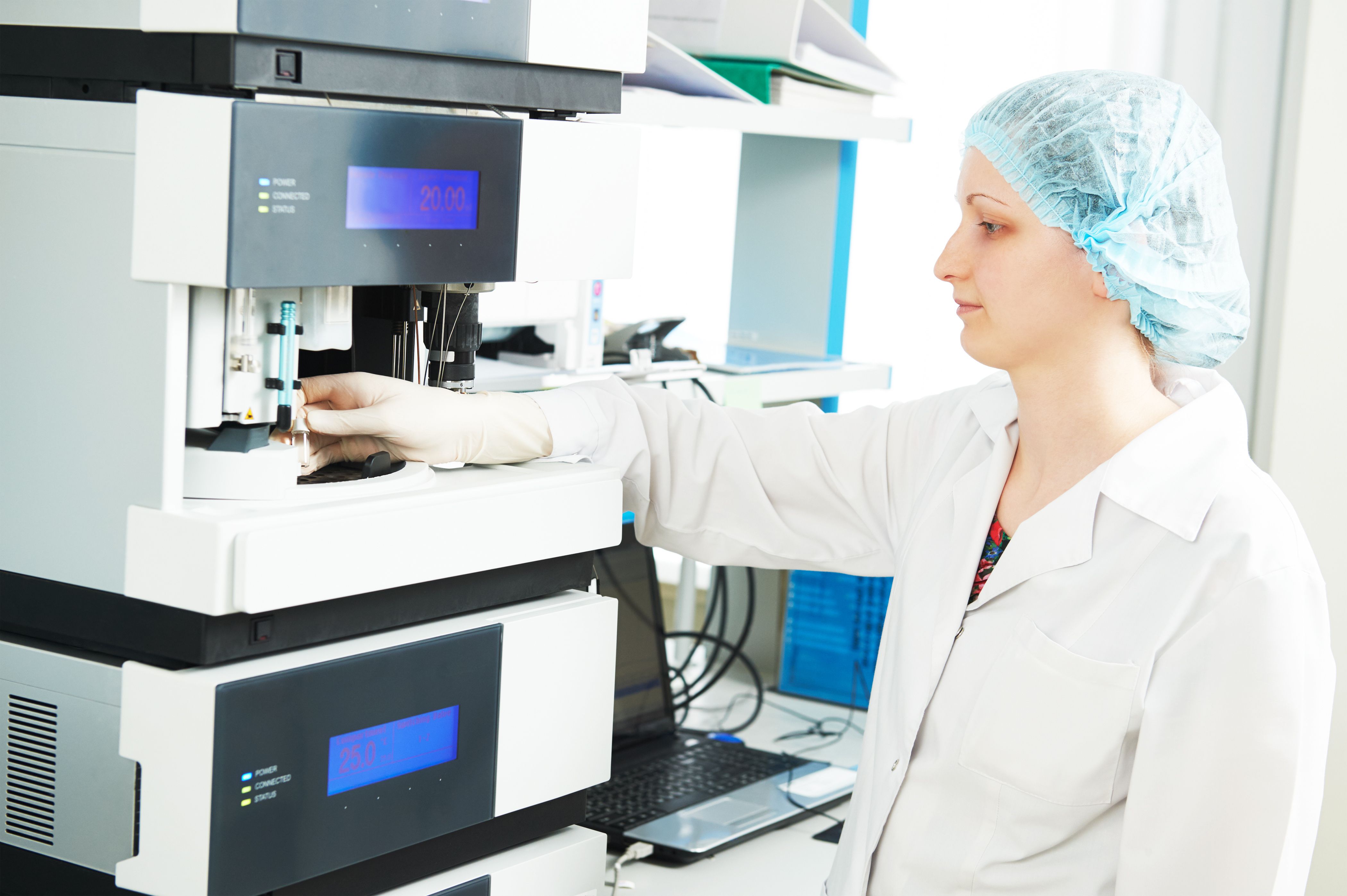New Approach for the Identification of Metabolites Using LC with Ion Mobility and Cryogenic Spectroscopy
A new approach for identifying isomeric and isobaric metabolites has been developed using liquid chromatography (LC) with high-resolution ion mobility spectrometry (IMS) and cryogenic infrared (IR) spectroscopy, allowing for faster, more accurate, and cost-effective metabolomics workflows.
Researchers from Polytechnique Fédérale de Lausanne in Switzerland have developed a new approach for identifying isomeric and isobaric metabolites using high-resolution ion mobility spectrometry (IMS) and cryogenic infrared (IR) spectroscopy. The complex structure of metabolites has made their identification challenging, and analytical standards are often required to confirm their presence in a sample. However, the new approach can separate isomeric metabolites in a matter of milliseconds and provide highly structured IR fingerprints for their unambiguous identification. Additionally, this approach allows for the automatic identification of metabolite isomers by comparing their IR fingerprints with those in a database, thereby eliminating the need for analytical standards.
Female researcher analyzing liquid chromatography data | Image Credit: © Kadmy - stock.adobe.com

The high-resolution ion mobility spectrometry and cryogenic vibrational spectroscopy approach can be used in conjunction with a liquid chromatography (LC) column. The LC column separates the metabolites in a sample mixture, which are then ionized and introduced into the ion mobility spectrometer. The ion mobility spectrometer separates the metabolites based on their size, shape, and charge in a gas phase. The separated metabolites are then introduced into a cryogenic cell, where they undergo vibrational spectroscopy, producing unique IR fingerprints for each metabolite. Finally, these IR fingerprints are compared with those in a database to identify the metabolites. This approach allows for rapid and automated identification of metabolite isomers and isobars, improving accuracy, speed, and cost in metabolomics workflows.
The researchers have constructed a database containing the IR fingerprints of eight isomeric and isobaric metabolites and used it to identify these isomers present in mixtures. The fast IR fingerprinting technology can probe the IR fingerprints of molecules in just a few seconds as they are eluted from an LC column, improving accuracy, speed, and cost in metabolomics workflows. The analysis of metabolites is important in various fields, including human health, nutrition, plant chemistry, food quality, environmental sciences, microbial analysis, anti-doping, and clinical disease diagnostics.
While traditional techniques like nuclear magnetic resonance (NMR) and liquid chromatography–tandem mass spectrometry (LC–MS/MS) are commonly used for metabolite identification and characterization, they have limitations in terms of sensitivity and structural information. The new approach using ion mobility and cryogenic spectroscopy provides a promising alternative that can overcome the challenges associated with the identification of isobaric and isomeric metabolites. The researchers believe that this approach has the potential to significantly improve metabolomics workflows in terms of accuracy, speed, and cost.
The study was published in Analytical Chemistry and was conducted by Thomas R. Rizzo and his team (1). The new approach can have a significant impact on the identification and characterization of metabolites, enabling researchers to obtain more accurate and comprehensive information on these essential cellular products.
Reference
Faleh, A. B.; Warnke, S.; Van Wieringen, T.; Abikhodr, A. H.; Rizzo, T. R. New Approach for the Identification of Isobaric and Isomeric Metabolites. Anal. Chem. 2023. DOI: https://doi.org/10.1021/acs.analchem.2c04962
Analytical Challenges in Measuring Migration from Food Contact Materials
November 2nd 2015Food contact materials contain low molecular weight additives and processing aids which can migrate into foods leading to trace levels of contamination. Food safety is ensured through regulations, comprising compositional controls and migration limits, which present a significant analytical challenge to the food industry to ensure compliance and demonstrate due diligence. Of the various analytical approaches, LC-MS/MS has proved to be an essential tool in monitoring migration of target compounds into foods, and more sophisticated approaches such as LC-high resolution MS (Orbitrap) are being increasingly used for untargeted analysis to monitor non-intentionally added substances. This podcast will provide an overview to this area, illustrated with various applications showing current approaches being employed.
New Method Explored for the Detection of CECs in Crops Irrigated with Contaminated Water
April 30th 2025This new study presents a validated QuEChERS–LC-MS/MS method for detecting eight persistent, mobile, and toxic substances in escarole, tomatoes, and tomato leaves irrigated with contaminated water.

.png&w=3840&q=75)

.png&w=3840&q=75)



.png&w=3840&q=75)



.png&w=3840&q=75)


